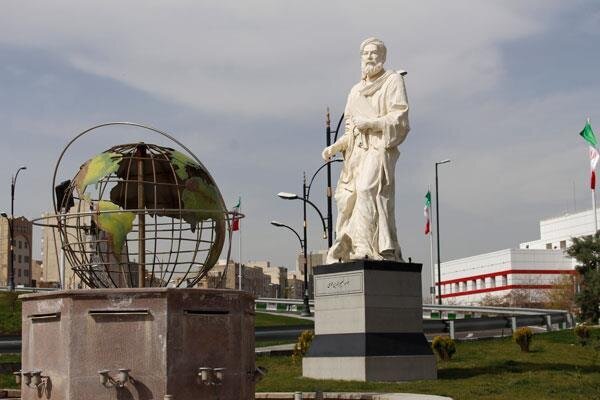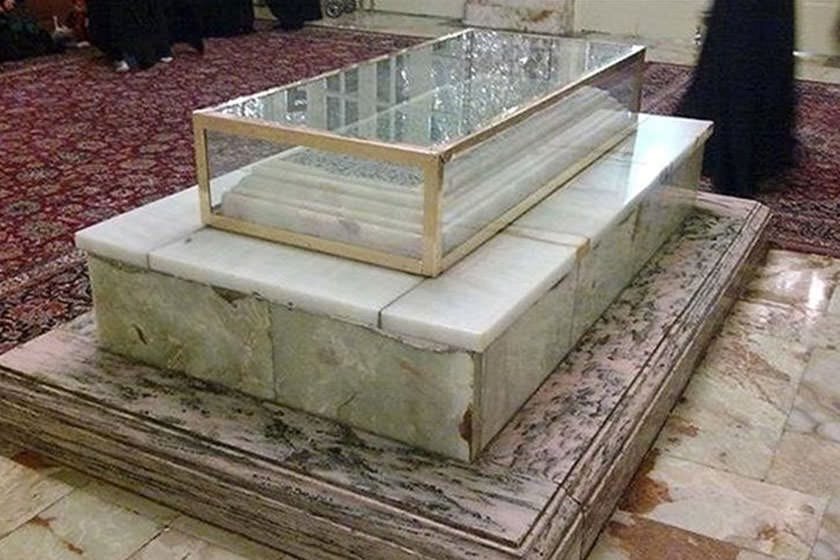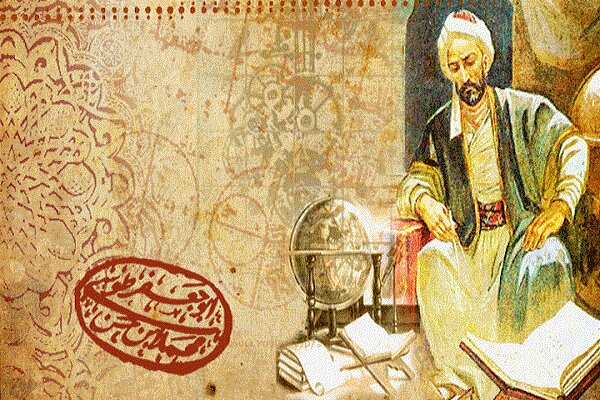Tusi was born in Tus in 1201 and died in Baghdad in 1274. Very little is known about his childhood and early education, apart from what he writes in his autobiography, Contemplation and Action (Sayr wa suluk).
As a young boy, Nasir al-Din was encouraged by his father to study all “the branches of knowledge and to listen to the opinions of the followers of various sects and doctrines”; as such, Tusi travelled widely to study with teachers of his choice.
Tusi studied mathematics with Kamal al-Diin Hasib about whom we have no authentic knowledge. In Nishabur he met Farid al-Din ‘Attar, the legendary Sufi master who was later killed in the hand of Mongol invaders and attended the lectures of Qutb al-Din Misri and Farid al-Din Damad. In Mawsil he studied mathematics and astronomy with Kamal al-Din Yunus (d. 1242).
At the age of twenty-two or a while later, Tusi joined the court of Nasir al-Din Muhtashim, the Ismaili governor of Quhistan, Northeast Iran, where he was accepted into the Ismaili community as a novice.

A sign of close personal relationship with Muhtashim’s family is to be seen in the dedication of a number of his scholarly works such as Akhlaq-i Nasiri and Akhlaq-i Muhtashimi to Nasir al-Din himself and Risala-yi Mu‘iniyya to his son Mu‘in al-Din.
Around 1236, he was in Alamut, the centre of Nizari Ismaili government. In Alamut, apart from teaching, editing, dictating and compiling scholarly works, Tusi climbed the ranks of the Ismaili da‘wat ascending to the position of chief missionary.
Through constant visits with scholars and tireless correspondence, Tusi kept his contact with the academic world outside Ismaili circles and was addressed as ‘the scholar’ from a very early period in his life.
The Mongol invasion and the turmoil it caused in the eastern Islamic territories hardly left the life of any of its citizens untouched. With the fall of Alamut in 1256 CE, Tusi became an advisor to the Mongol ruler Hulegu and was later made a wazir and placed in charge of waqf (religious endowments).
Among the major events of Tusi’s sojourn with the Mongols was the building of an observatory in Azerbaijan at Maragha under his direction, where the most renowned scientists of the time, including astronomers from China, participated in research and scientific observations. In 1274 CE, Tusi left Maragha with a group of his students for Baghdad, where he died in the same year.

Nasir al-Din al-Tusi’s contribution to the post-13th century intellectual history of Islam is monumental, and many of his works became the standard in a variety of disciplines up to modern times. Among his works on astronomy is al-Tadhkira fi ‘ilm al-hay’a (‘Memoir on the Science of Astronomy’), in which Tusi attempts to give a coherent and unified account of astronomy that would be useful both for students of the subject as well as non-specialists. The Tadhkira is modeled after one of Tusi’s Persian works, the Risalah-i Mu‘iniyya, which he wrote during the early period of his residence at the Ismaili stronghold in Quhistan.
The ensemble of Tusi’s writings amounts to approximately 165 titles on a wide variety of subjects. Some of them are simply a page or even half a page, but the majority with few exceptions, are well prepared scholarly works on astronomy, ethics, history, jurisprudence, logic, mathematics, medicine, philosophy, theology, poetry and the popular sciences. Tusi’s fame in his own lifetime guaranteed the survival of almost all of his scholarly output. The adverse effect of his fame is also the attribution of a number of works that neither match his style nor have the quality of his writings.
The 5th day of Esfand, the twelfth month on the Iranian calendar, which fell on February 23 this year, has been designated as Engineer’s Day in Iran to commemorate Nasir al-Din Tusi, the most celebrated scholar of the 13th century.
Compiled by Zahra Mirzafarjouyan


























Your Comment